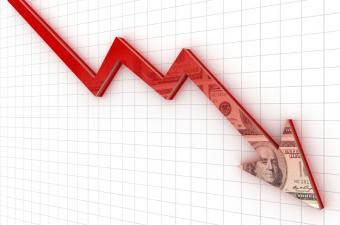According to a new AM Best report, the recent spike in dedicated reinsurance capital growth may prove short-lived, given expectations for depressed investment markets, continued geopolitical turmoil and a potential decline in global gross domestic product.
 Dedicated reinsurance capacity in 2021 increased to $568 billion, driven by an increase of nearly 11% from traditional reinsurance capacity providers.
Dedicated reinsurance capacity in 2021 increased to $568 billion, driven by an increase of nearly 11% from traditional reinsurance capacity providers.
But AM Best’s expectation for 2022 is that total dedicated capital will slide back after a decade of year-over-year increases, driven by reductions in traditional reinsurance capital.
Although underwriting returns for many companies have been close to break even in recent years, analysts note that capital levels grew through investment gains and inexpensive debt financing
But challenges in the macro-economic environment mean that the start of 2022 has seen a reversal of most of these conditions.
“Although AM Best expects headwinds in the capital and investment markets to continue in 2022, dragging down traditional capital levels, some of these losses likely will be offset by underwriting gains,” said Dan Hofmeister, Senior Financial Analyst at AM Best.
“The historical lack of a strong correlation between underwriting and asset returns may indicate relatively flat capital levels, but the repeat of a severe property catastrophe season in 2022 could prove to be adverse for reinsurers.”
AM Best’s report states that many reinsurers substantially decreased property exposure through the last renewal cycle, and those still exposed to material amounts of multiyear reinsurance contracts or who did not manage risk exposures prudently could be exposed to material capital deterioration should they suffer underwriting losses, especially if coupled with adverse investment market returns in 2022.
Overall, AM Best estimates a reduction in traditional capital of roughly $40 billion, or 8.4%, by year-end 2022.
But, on the third-party reinsurance capacity side, AM Best notes that the pullback of traditional reinsurance in catastrophe-exposed markets such as Florida has created opportunities for insurance-linked securities (ILS) funds.
By taking advantage of the lack of capacity, analysts observe that some ILS funds have been able to capitalize on not only significant price increases, but also on tighter terms and conditions.


